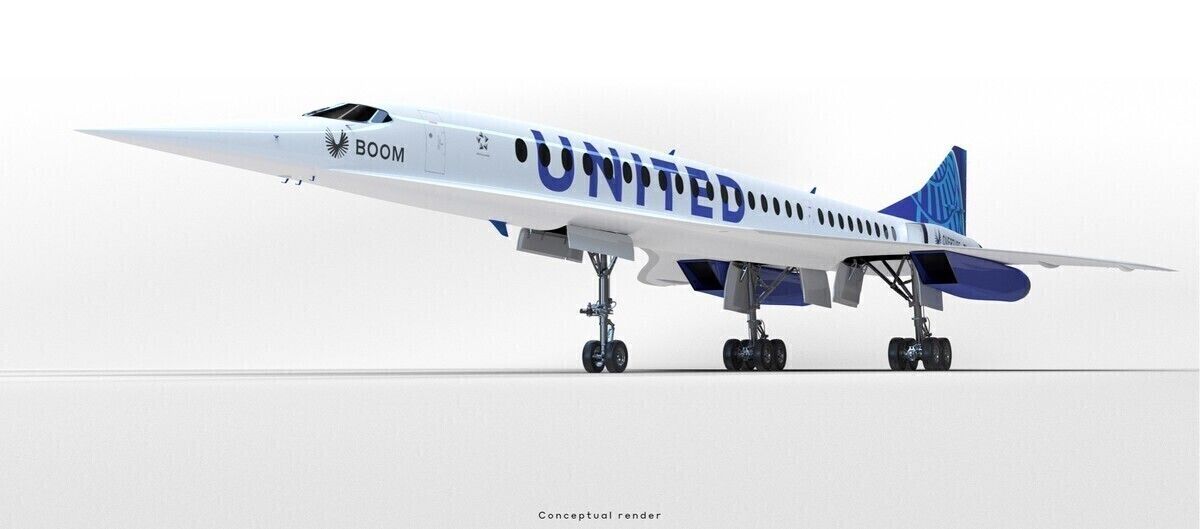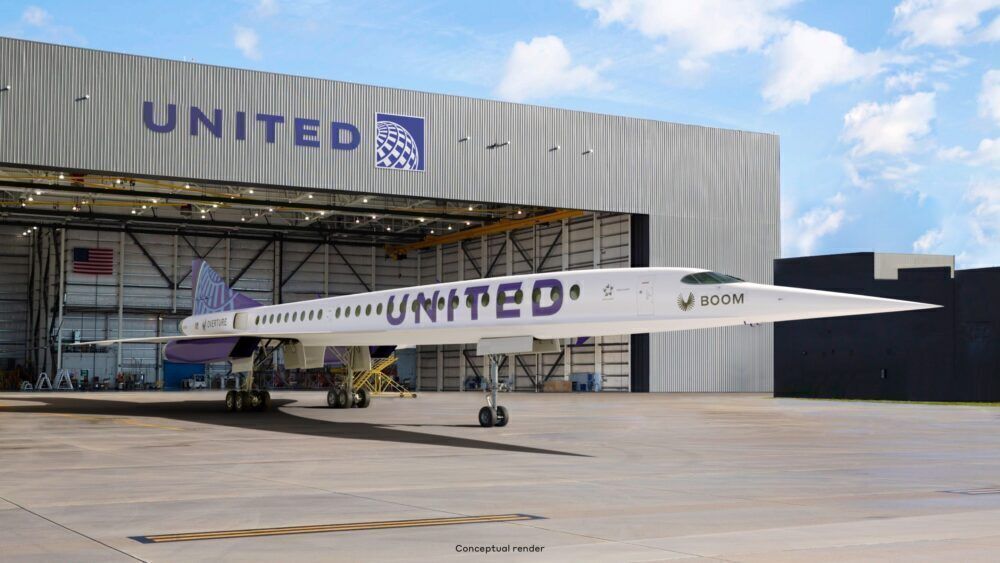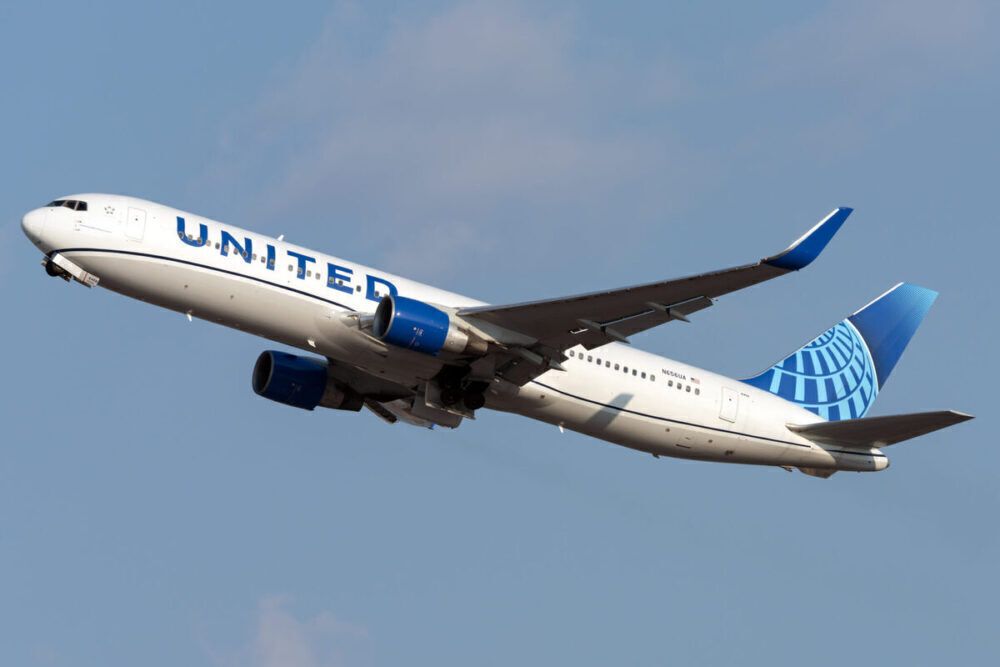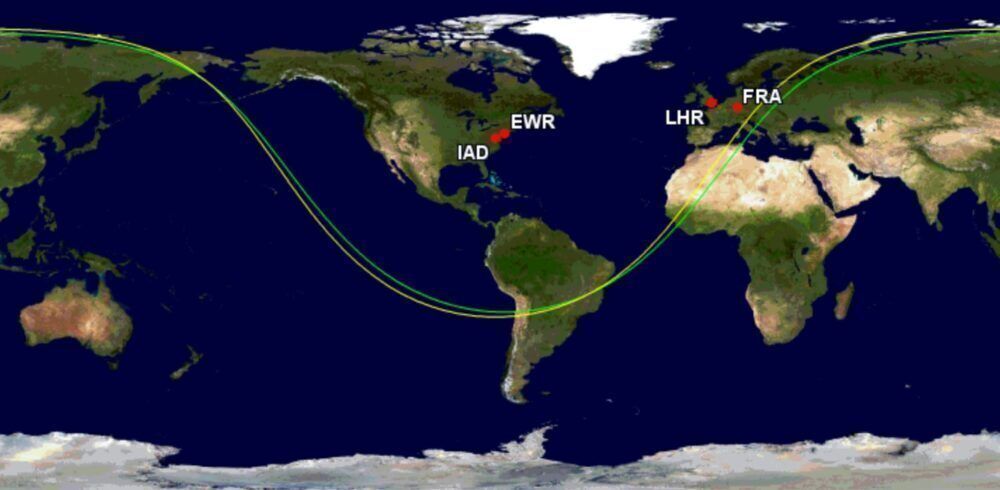United has announced plans to acquire 15 Boom Overture aircraft, with options for up to 35 more. This, United has made crystal clear, is absolutely subject to Overture meeting performance and environmental expectations – which is a very tall ask. If it does enter United's fleet, Heathrow, Paris CDG, and Frankfurt are likely to be important destinations, with perhaps Newark to Heathrow the first long-haul route.
Overture is built on speed, with the aircraft's speed touted as being twice as fast as current commercial machines. This helps to dictate where it will and won't be used, with the aircraft obviously to be deployed on routes that will command a strong premium price in exchange for the speed and convenience – and for having between just 65 and 88 seats. Despite the speed, Overture expects to have net-zero emissions from launch.
Where won't Overture fly?
The aircraft is expected to have a theoretical range of up to 4,250 nautical miles (NM), subject as always to seat configuration and where it is used. Allowing for a reduction in range for real-world operations, especially winter winds, the potential range might be somewhat closer to 3,800 NM. This will very much limit where it can fly, ruling out transpacific routes from United's San Francisco hub.
Moreover, the FAA shows that civil supersonic aircraft are limited to Mach 1 or less, which will also determine where it can fly from, unless it is changed or if the sonic boom is somehow reduced. And continental Europe is likely to be problematic too. Unless flying at slower speeds – but what would be the point? The aircraft's very purpose – reducing journey times and therefore increasing competitiveness – would be greatly diminished.
This means that Chicago, Denver, and Houston are unlikely to see the aircraft. Not that it matters for Denver and Houston, which can be pretty much ruled out anyway because of range. Denver-Heathrow is 4,058m, while Houston-Heathrow is 4,200 NM.
Where is it likely to fly from?
All of this suggests that the Overture is most likely to fly from Newark and Washington Dulles. More than this, targeted routes will be:
- High yielding (naturally!)
- With strong premium demand
- Very driven by point-to-point demand rather than transit demand
Still, long-haul options will be limited, as shown in the following map. Even if Southern Europe was sufficiently high-yielding, which it isn't as it is often driven by tourism and visiting friends and relatives (VFR) demand, a good number of places would be out of reach.
In reality, Boom Overture is very likely to be used on United's core routes to Northern Europe from Newark and Dulles, with Heathrow, Paris CDG, and possibly Frankfurt likely to be an important destinations.
Newark to Heathrow the first route?
Heathrow to Newark is probably United's largest premium market. You can tell this even without reference to airfares. United has six daily departures on it this winter, making it by far its most-served long-haul route. It has twice as many daily departures as both Dulles and O'Hare to Heathrow.
Stay informed: Sign up for our daily and weekly aviation news digests.
While Newark-Heathrow used to be served by B757-200s – enabling such high frequency – it is now all B767-300ERs. And with just 167 seats, United's 763s are also low-capacity, with 46 seats in Polaris, 22 in Premium Plus, and 43 in Economy Plus. Just 56 seats are bog-standard economy.
Where do you think United will fly Boom? Let us know in the comments.




